Publications
You can also visit my google scholar or visit my ORCID record
For a more in-depth look into my past projects, see the overview of previous research section
Publications and Journal Articles
Lead Author Publications
- Bhatti, YA., Watson-Parris, D., Regayre, L., Jia, H., Neubauer, D., Im, U., Svenhag, C., Schutgens, N., Tsikerdekis, A., Nenes, A., Muhammed, I., van Diedenhoven, B., Arifi, A., Fu, G., Hasekamp, O. (2025). Uncertainty in aerosol effective radiative forcing from anthropogenic and natural aerosol parameters in ECHAM6.3-HAM2.3. EGUsphere [in-review], 2025, 1-35.
- Bhatti, YA., Revell, LE., McDonald, AJ., Archibald, AT., Schuddeboom, AJ., Williams, J., Hardacre, C., Mulcahy, J., Lin, D. (2024). Aerosol and dimethyl sulfide sensitivity to sulfate chemistry schemes. Journal of Geophysical Research: Atmospheres, 129(12), e2023JD040635.
- Bhatti, YA. (2024). Southern Ocean dimethyl sulfide and marine aerosol production simulated with an Earth system model. University of Canterbury PhD Thesis.
- Bhatti, YA., Revell, LE., Schuddeboom, AJ., McDonald, AJ., Archibald, AT., Williams, J., Venugopal, AU., Hardacre, C., Behrens, E. (2023). The sensitivity of Southern Ocean atmospheric dimethyl sulfide (DMS) to modeled oceanic DMS concentrations and emissions. Atmospheric Chemistry and Physics, 23(24), 15181-15196.
- Bhatti, YA., Revell, LE., McDonald, AJ. (2022). Influences of Antarctic ozone depletion on southern ocean aerosols. Journal of Geophysical Research: Atmospheres, 127(18), e2022JD037199.
Co-author Publications
- Nugent, JM., Brown, H., McCoy, DT., Regayre, L., Ghosh, K., Elsaesser, G., Bhatti, YA., Hasekamp, O., Mülmenstädt, J., Song, C., Burrows, SM., Watson-Parris, D., Grosvenor, DP., Carslaw, K., Gettelman, A., Eidhammer, T. (2025). New constraints on aerosol-cloud interactions from Earth system models suggests a warmer future. Science (in-review).
- Jongebloed, UA., Fischer, TP., Kyle, PR., Kang, L., Bhatti, YA., Alexander, B. (2025). Southern ocean sulfate aerosol sources quantified from sulfur isotopes in Antarctic ice cores. Geophysical Research Letters (in-review).
- Schutgens, N., Andrews, E., Arola, A., Bhatti, YA., Hasekamp, O., Kolmonen, P., Lipponen, A., Mielonen, T., Regayre, L., and Sayer, A. (2025). Is it possible to observe aerosol lifetimes from space? Temporal autocorrelations offer a new way to use existing observational datasets. Journal of Geophysical Research: Atmospheres (in review) .
- Venugopal, AU., Bhatti, YA., Morgenstern, O., Williams, J., Edkins, N., Hardacre, C., Jones, A., Revell, LE. (2025). Constraining the uncertainty associated with sea salt aerosol parameterizations in global models using nudged UKESM1‐AMIP simulations. Journal of Geophysical Research: Atmospheres, 130(2), e2024JD041643.
- Revell, LE., Edkins, NJ., Venugopal, AU., Bhatti, YA., Kozyniak, KM., Davy, PK., Kuschel, G., Somervell, E., Hardacre, C., Coulson, G. (2024). Marine aerosol in Aotearoa New Zealand: implications for air quality, climate change and public health. Journal of the Royal Society of New Zealand, 1-23.
- Revell, LE., Wotherspoon, NE., Jones, OJ., Bhatti, YA., Williams, JHT., Mackie, SL., Mulcahy, JP. (2021). Atmosphere‐ocean feedback from wind‐driven sea spray aerosol production. Geophysical Research Letters, 48(7), e2020GL091900.
Current Research
Using machine learning and satellites to constrain climate models aerosol uncertainty.
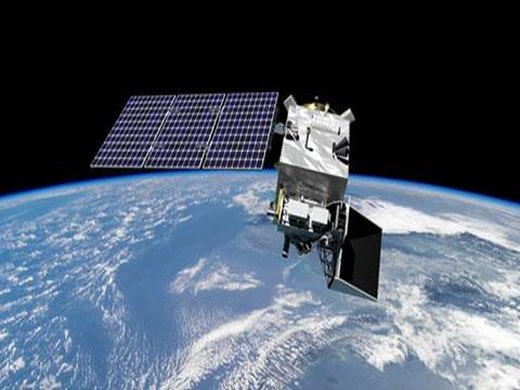
- Aim: Reduce uncertainties in aerosol-cloud interactions using machine learning and next-generation satellite data.
- Methods: Use NASA PACE and ESA EarthCARE satellite observations to train machine learning models for improved climate simulations.
Overview of previous research
Quantifying aerosol-cloud interactions using machine learning applications to climate models
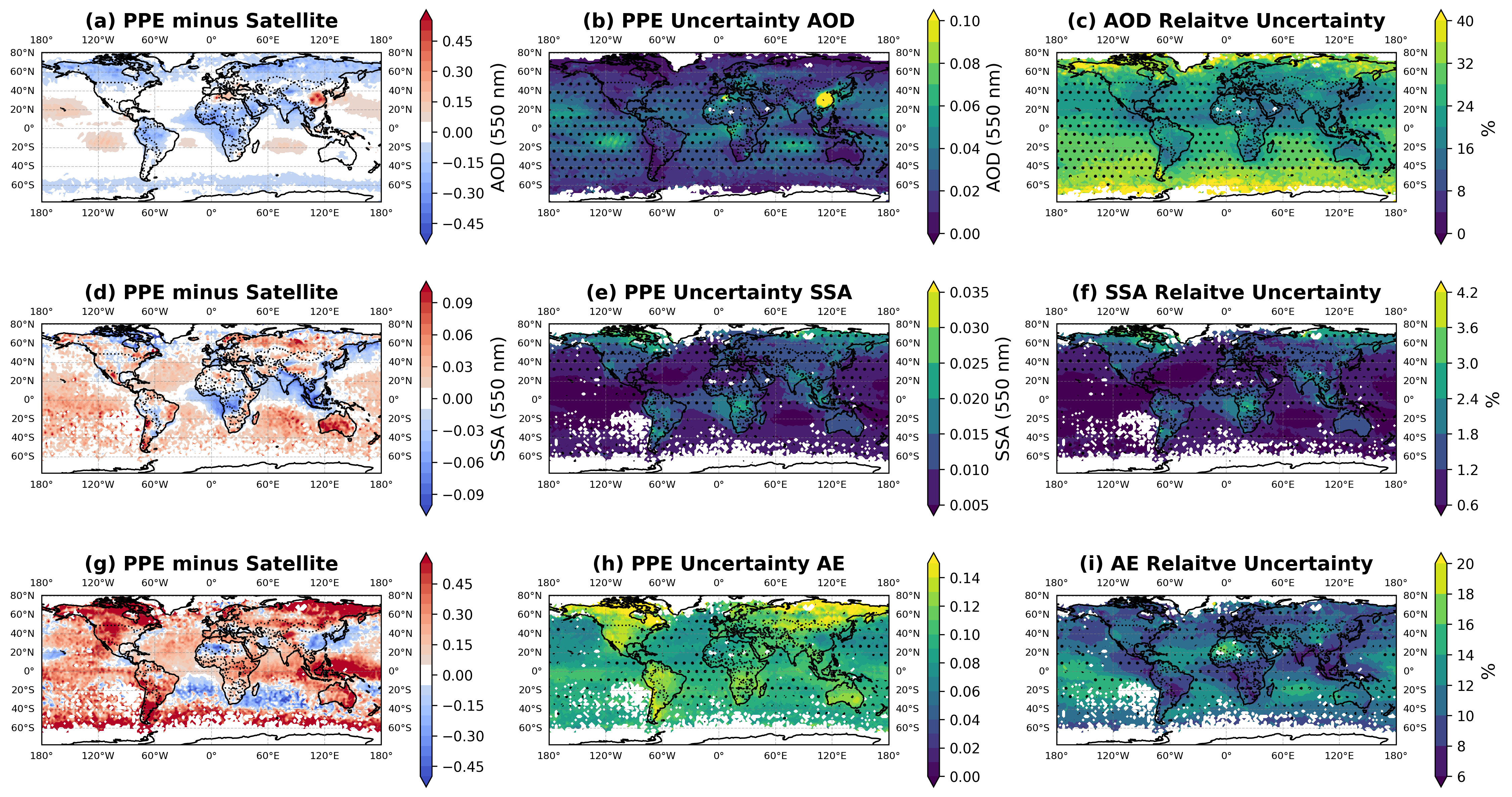
- Aim: Quantify uncertainties in aerosol-cloud interactions and their impact on radiative forcing.
- Methods: Developed a perturbed parameter ensemble (PPE) of 221 simulations in ECHAM6.3-HAM2.3, varying 23 key parameters.
- Regional uncertainties in aerosol parameters contribute to regional uncertainties in aerosol radiative effects.
Bhatti, YA., Watson-Parris, D., Regayre, L., Jia, H., Neubauer, D., Im, U., Svenhag, C., Schutgens, N., Tsikerdekis, A., Nenes, A., Muhammed, I., van Diedenhoven, B., Arifi, A., Fu, G., Hasekamp, O. (2025). Uncertainty in aerosol effective radiative forcing from anthropogenic and natural aerosol parameters in ECHAM6.3-HAM2.3. EGUsphere, 2025, 1-35.
Aerosol and Dimethyl Sulfide Sensitivity to Sulfate Chemistry Schemes
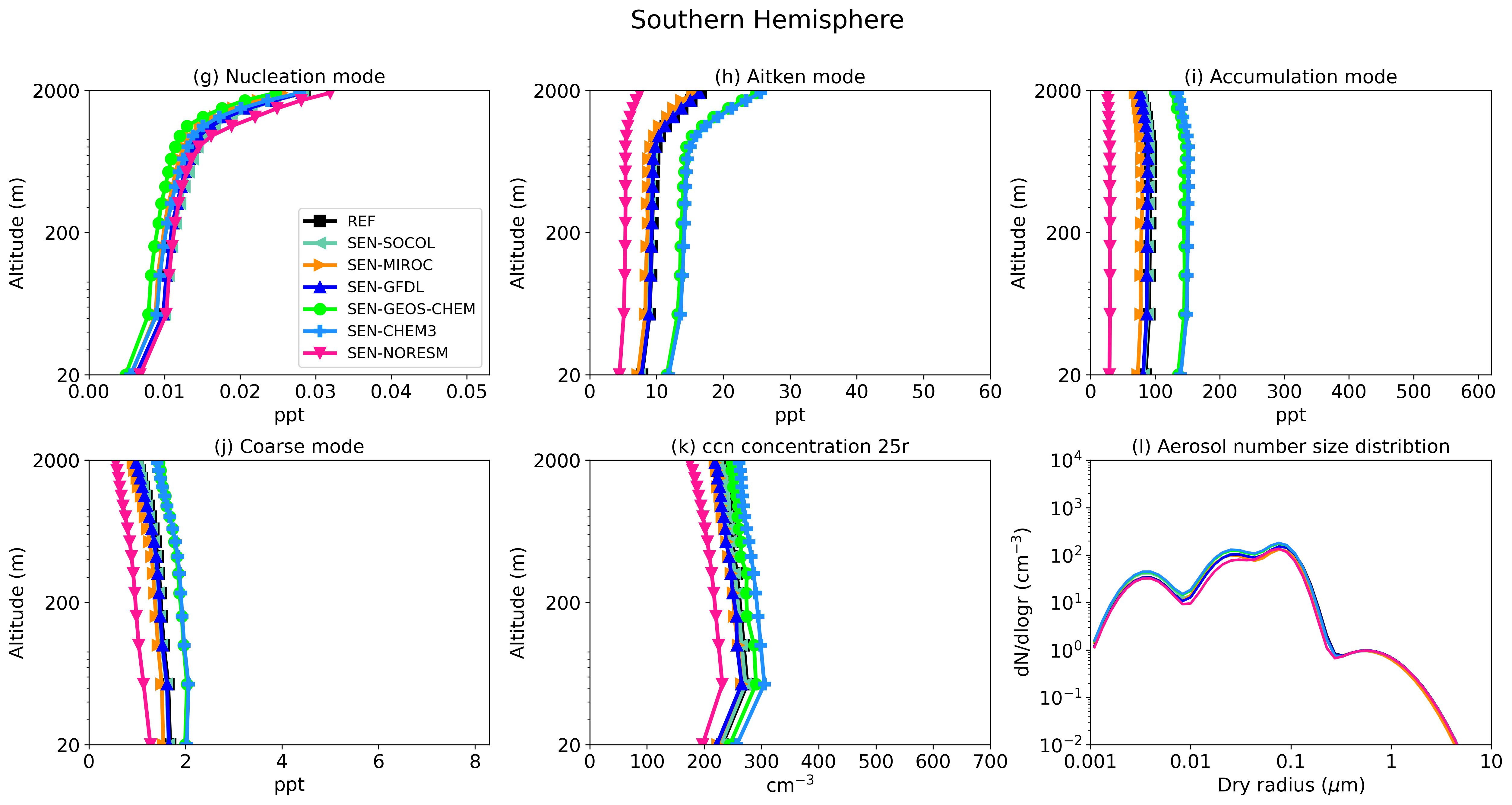
- Aim: Evaluate the sensitivity of sulfate aerosol to DMS oxidation pathways in CMIP6 models.
- Methods: Implemented seven DMS and sulfate chemistry schemes in an atmosphere-only Earth system model.
- The simulated spread in aerosol optical depth and cloud droplet number concentration is more than twice as large as the change from pre-industrial to present-day.
- Constraining the chemistry of atmospheric sulfur is critical to constrain aerosol-cloud interactions.
Bhatti, YA., Revell, LE., McDonald, AJ., Archibald, AT., Schuddeboom, AJ., Williams, J., Hardacre, C., Mulcahy, J., Lin, D. (2024). Aerosol and dimethyl sulfide sensitivity to sulfate chemistry schemes. Journal of Geophysical Research: Atmospheres, 129(12), e2023JD040635.
The sensitivity of Southern Ocean atmospheric dimethyl sulfide (DMS) to modeled oceanic DMS concentrations and emissions

- Aim: Assess the sensitivity of atmospheric DMS to oceanic DMS datasets and transfer velocity parameterizations.
- Methods: Conducted eight 10-year simulations using UKESM1-AMIP, testing four oceanic DMS datasets and three transfer velocity parameterizations.
- The choice of oceanic DMS dataset has a larger influence on atmospheric DMS than the choice of DMS transfer velocity.
- Capturing large-scale spatial variability can be more important than large-scale interannual variability.
Bhatti, YA., Revell, LE., Schuddeboom, AJ., McDonald, AJ., Archibald, AT., Williams, J., Venugopal, AU., Hardacre, C., Behrens, E. (2023). The sensitivity of Southern Ocean atmospheric dimethyl sulfide (DMS) to modeled oceanic DMS concentrations and emissions. Atmospheric Chemistry and Physics, 23(24), 15181-15196.
Influences of Antarctic Ozone Depletion on Southern Ocean Aerosols
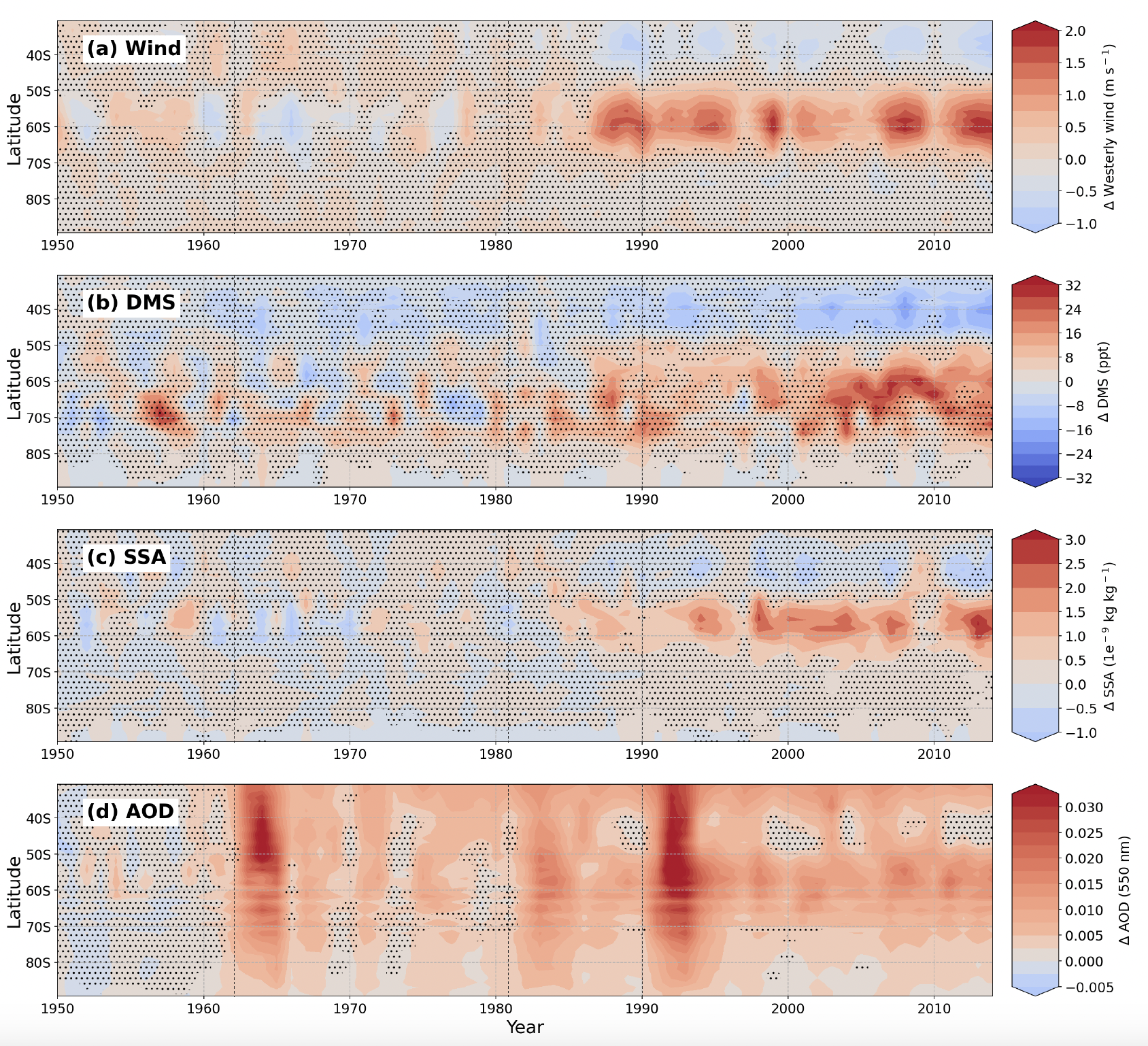
- Aim: Investigate the impact of Antarctic ozone depletion on Southern Ocean aerosols.
- Methods: Analyzed state-of-the-art Earth System Models to evaluate changes in aerosol fluxes and marine biogeochemical activity.
- Wind-driven Southern Ocean aerosol fluxes are influenced by the ozone hole during austral summer.
- Indirect influences of ozone losses mean Southern Ocean aerosols cannot be considered to be representative of pristine conditions.
Bhatti, YA., Revell, LE., McDonald, AJ. (2022). Influences of Antarctic ozone depletion on southern ocean aerosols. Journal of Geophysical Research: Atmospheres, 127(18), e2022JD037199.
PhD Thesis in Physics: Southern Ocean dimethyl sulfide and marine aerosol production simulated with an earth system model
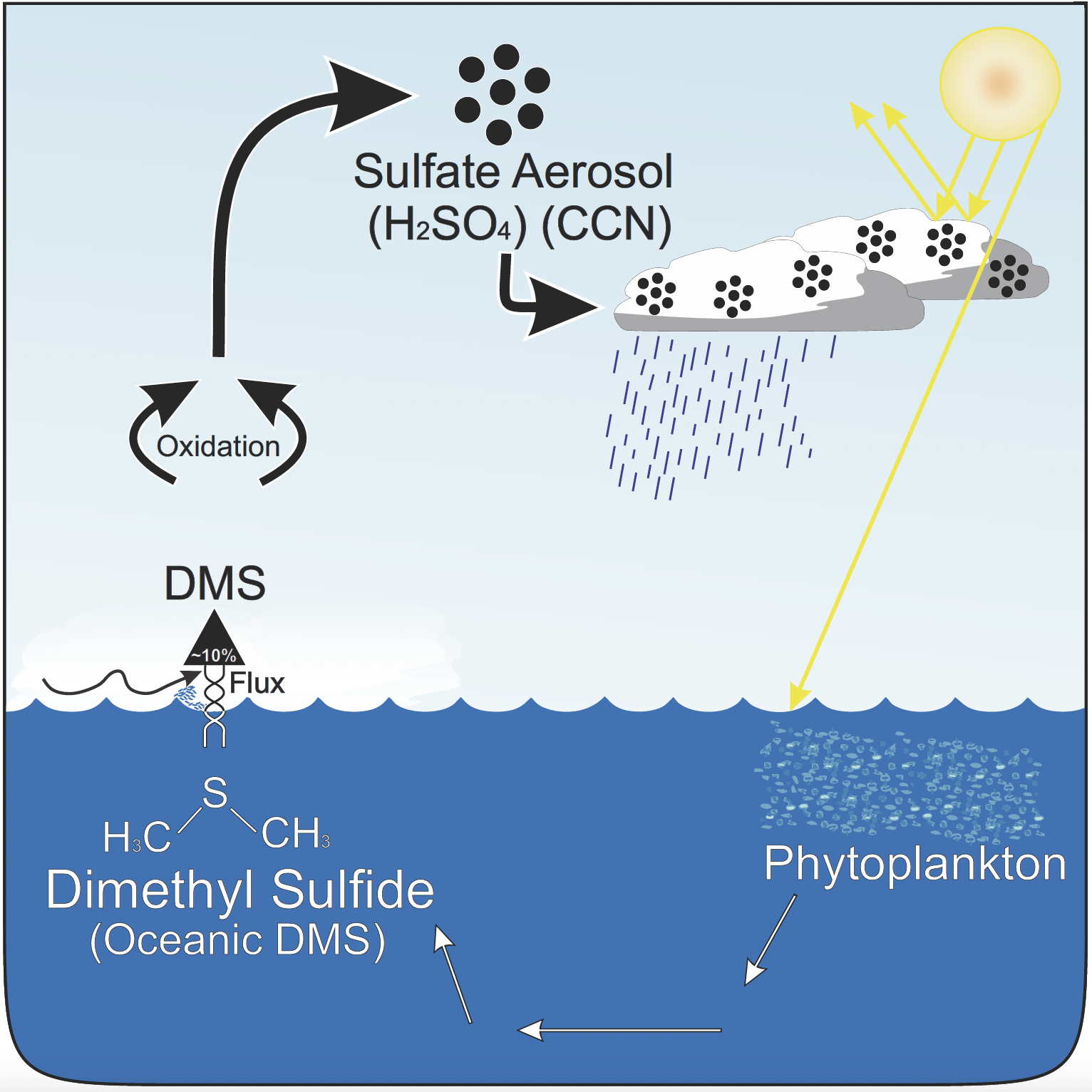
Bhatti, YA. (2024). University of Canterbury PhD Thesis.
- Aim: Simulate Southern Ocean DMS and marine aerosol production using an Earth System Model.
- Methods: Developed and validated a model framework to simulate DMS emissions and their impact on marine aerosols.